Alanine is a non-essential proteinogenic amino acid that serves as a building block for the synthesis of proteins. It is a chiral compound and only the L-form can be incorporated into proteins. Alanine acts as a link between amino acid and carbohydrate metabolism.
What is alanine?
Alanine is a proteinogenic amino acid. It can be synthesized by the human organism and is therefore not essential. The amino acid known as alanine is actually called alpha-L-alanine. In this name the position of the amino group with respect to the carboxyl group becomes clear.
In addition, only the L form of alanine is used for protein synthesis. The D-form is used by bacteria for the synthesis of murein, which forms the bacterial cell membrane. Another amino acid in this context is beta-alanine. Here the amino group is on the beta carbon atom. Beta-alanine is not a proteinogenic amino acid. But it also plays a major role in biological processes. However, when alanine is mentioned here, it is always alpha-L-alanine.
Alanine has a positive center on the nitrogen atom and a negative center on an oxygen atom of the carboxyl group. Alanine thus represents a zwitterion. At the isoelectric point of alanine at a pH value of 6.1, almost all molecules are present as zwitterions. Therefore, its water solubility is lowest under these conditions. However, alanine is a hydrophilic amino acid and through this property also determines the secondary and tertiary structure of the proteins.
Function, effect & tasks
The most important function of alanine is to be involved as a basic building block in protein construction. The structure of alanine makes it appear preferentially in the alpha helix of the protein. Together with the amino acids glutamic acid or leucine, alanine determines the formation of the helix and thus the secondary structure of the protein.
In the metabolism, alanine is synthesized from pyruvate through transamination. Pyruvate is an intermediate product of metabolism. It is created when sugar, fatty acids or amino acids are broken down. Either it is broken down further or it is used again as a starting material for further syntheses. The breakdown of alanine works as a reverse reaction to transamination of pyruvate. With the help of the enzyme alanine dehydrogenase, alanine is deaminated again to pyruvate. Since pyruvate can also be quickly converted back into glucose, the close connection between amino acid metabolism and carbohydrate metabolism becomes clear. A sudden need for energy can briefly lead to hypoglycaemia. This releases stress hormones which stimulate the deamination of alanine and the conversion of pyruvate to glucose in the liver.
This process keeps the blood sugar level constant. Due to this fact, alanine supplements are often given in case of hypoglycaemia in order to avoid a sugar shock. Alanine also has a strengthening effect on the immune system. It also inhibits the formation of kidney stones. Alanine is an essential part of muscle proteins. The muscle fibers contain up to 6 percent alanine. It is released again by breaking down the muscles.
30 percent of the alanine in the blood comes from the muscles. The main metabolic organ is the liver. Most of the alanine conversion reactions then take place in the liver. The amino acid has a regulating effect on insulin production via the liver metabolism. Decongestant effects on the prostate were also found.
Education, occurrence, properties & optimal values
Meat and fish products contain particularly high concentrations of alanine. Mushrooms, sunflower seeds, soy flour, wheat germ or even parsley also have a high alanine content. Normally the amount of alanine produced in the body and the amount taken in with food is completely sufficient. Due to its solubility in water, alanine is washed out of food after long-term contact with water.
For this reason, products rich in alanine should never be soaked or boiled for long. Deficiencies are rare. However, there is an increased need for alanine in competitive sports, so that an additional application via protein-rich food or protein powder can be useful. In any case, the training success is positively influenced by alanine. It is found in high concentrations in both muscle fibers and connective tissue.
Diseases & Disorders
The health effects of an alanine deficiency on the body have hardly been studied. Such a deficiency can usually only arise in the case of extreme malnutrition. In this case, however, there is no longer an isolated alanine deficiency.
Alanine is generally sufficiently available to the body both through food and through the body's own biosynthesis. Alanine synthesis takes place in the liver. The same applies to the breakdown of alanine. The enzyme alanine aminotransferase is available for this in the liver. Alanine aminotransferase is a transaminase and is known by the abbreviation GPT. GPT catalyzes the conversion of L-alanine with alpha-ketoglutarate. The amino group is transferred to alpha-ketoglutarate with the formation of L-glutamate. Pyruvate is formed from alanine. These reactions take place within the liver cells. The transaminase is therefore only present in low concentrations in the blood.
An increase in the enzyme concentration in the blood indicates destruction of the liver cells. In addition to GPT (alanine aminotransferase or new glutamate pyruvate transaminase), other enzyme values are also increased. This is referred to as an increase in liver values. With the help of the liver values it is possible to diagnose liver diseases. The first sign of liver disease may be an increase in liver function tests. This applies to all forms of hepatitis, cirrhosis of the liver or even liver cancer. If the liver disease progresses further, the organ can no longer fulfill its various tasks for metabolism and detoxification.

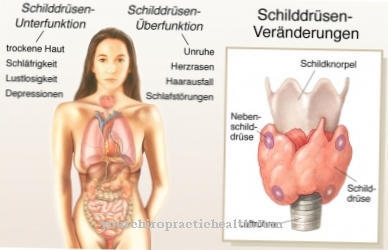
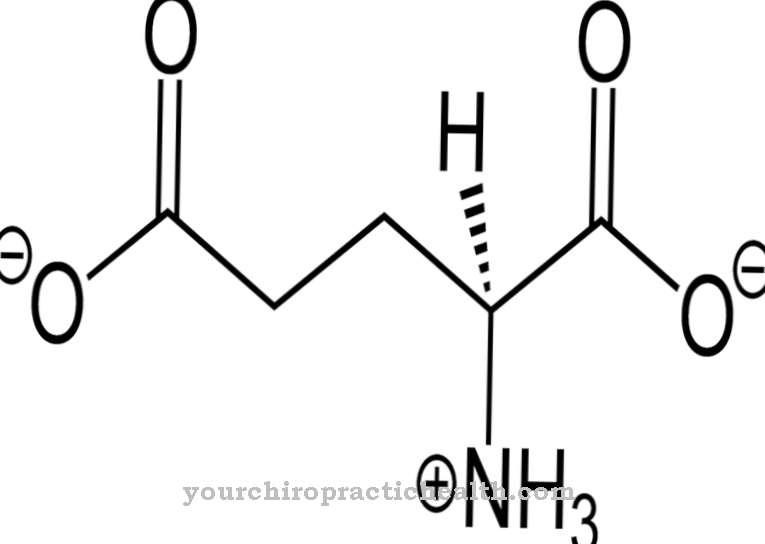
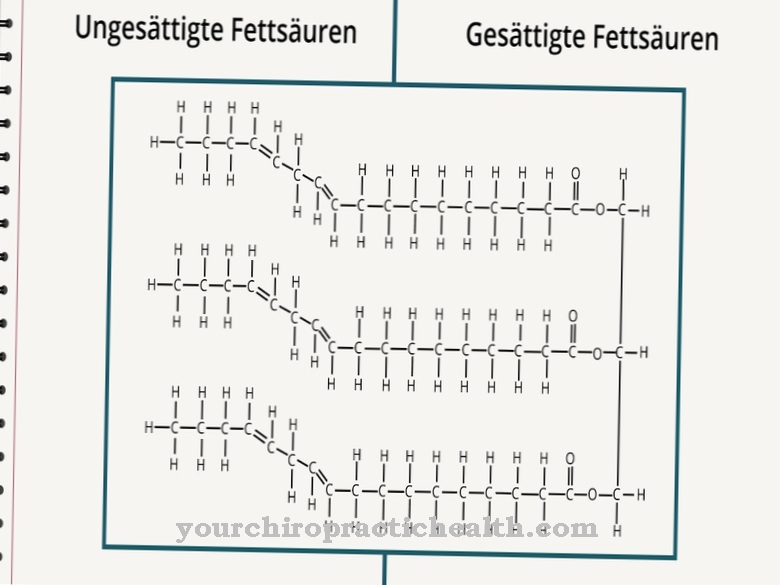
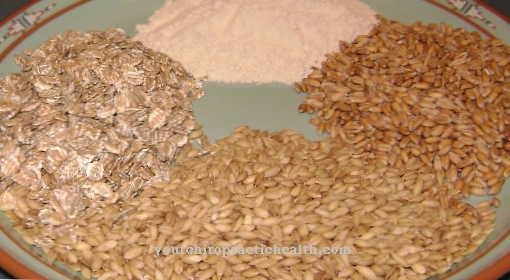
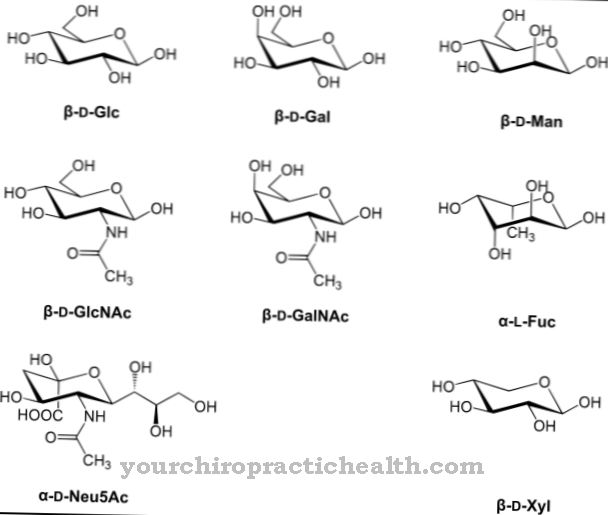
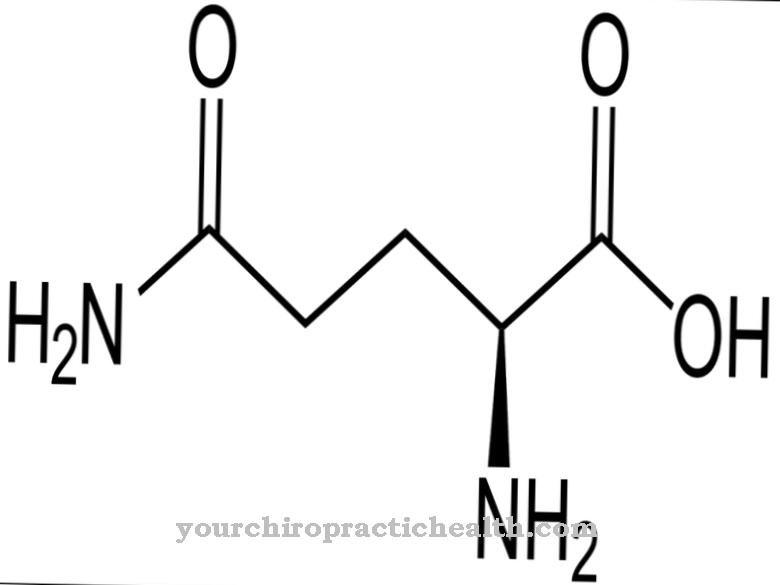

















.jpg)



